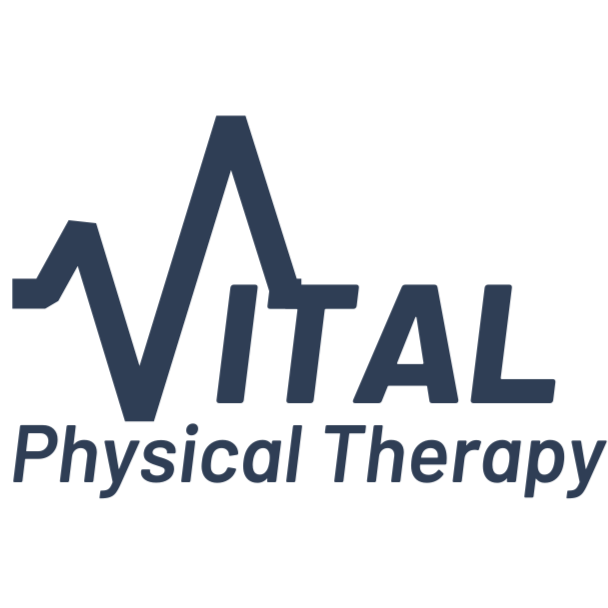The Hidden Link Between Hip Pain and the Pelvic Floor
If you live in St. Charles, MO, and you're dealing with stubborn hip pain that doesn’t seem to improve. You have been stretching, massage, traditional exercises, or even physical therapy. Your pelvic floor may actually be part of the problem.
It’s a connection many people never hear about, but as a pelvic floor and orthopedic physical therapist in St. Charles, I see this link every single week in the clinic.
Today, we’re breaking down how the hip and pelvic floor work together, why tightness or weakness in one can affect the other, and what you can do to finally get relief.
How the Pelvic Floor and Hips Are Connected
Your pelvic floor muscles sit at the base of your pelvis, but they don’t work alone. They share responsibility with your:
hip rotators
glutes
deep core muscles
lower back muscles
diaphragm
Think of the pelvic floor and hips as teammates. When one stops doing its job, the other often works overtime.
This means hip pain doesn’t always start in the hip and pelvic floor symptoms don’t always start in the pelvic floor.
Common Hip Issues Linked to Pelvic Floor Dysfunction
Many patients in St. Charles come to Vital Physical Therapy with hip pain and are shocked to learn it’s connected to their pelvic floor. Some of the most common patterns include:
1. Deep Hip Tightness That Never Loosens
If you stretch your hips constantly but they still feel tight, the pelvic floor may be holding tension and preventing the hip from moving normally.
2. Pinching Pain in the Front of the Hip
Overactive pelvic floor muscles can change how your hip sits in the joint, leading to pinching or stiffness during squats, lunges, or walking.
3. Hip Pain During or After Workouts
The pelvic floor works with your glutes and core for stability. If it’s not coordinating well, the hip muscles overload, especially during lifting or running.
4. Pain That Radiates Into the Groin
Groin pain is often misdiagnosed as a hip-flexor issue when it’s actually related to the pelvic floor or deep stabilizers.
5. Postpartum Hip Pain
After pregnancy, hormonal changes and core dysfunction often place extra stress on both the pelvic floor and the hips.
Signs Your Hip Pain May Actually Be Pelvic Floor Related
If you have hip pain and any of the symptoms below, the pelvic floor may be part of the puzzle:
leakage or urgency
pelvic pressure or heaviness
pain with sitting
lower back tightness
discomfort with core exercises
pain during intercourse
difficulty activating your glutes
It’s extremely common and very treatable.
Why Traditional Hip Stretches Don’t Work (and What Does)
If you’ve lived with hip pain for a while, chances are you’ve tried:
❌ hip stretching
❌ foam rolling
❌ massage
❌ mobility drills
❌ rest and ice
These may give temporary relief but won’t address the root cause if the pelvic floor is involved.
At Vital Physical Therapy, we focus on:
✔ Releasing pelvic floor tension
✔ Improving hip stability and control
✔ Strengthening the deep core
✔ Retraining breathing for better pelvic alignment
✔ Restoring pain-free functional movement
Most patients start noticing improvements within just a few sessions.
How Pelvic Floor Physical Therapy Helps Hip Pain
During a one-on-one pelvic floor and hip evaluation at our St. Charles clinic, we’ll look at:
pelvic alignment
hip mobility
glute activation
core stability
breathing mechanics
pelvic floor strength or tension
how your hip and pelvic floor coordinate during movement
This whole-body approach lets us find the real source of your hip pain.
Ready to Get Your Hip Pain Checked?
You can schedule online anytime at www.vitalptcare.com
At Vital Physical Therapy, located at 2400 Executive Drive, Suite 100, St. Charles, MO, we specialize in helping people finally get answers and long-term relief.


